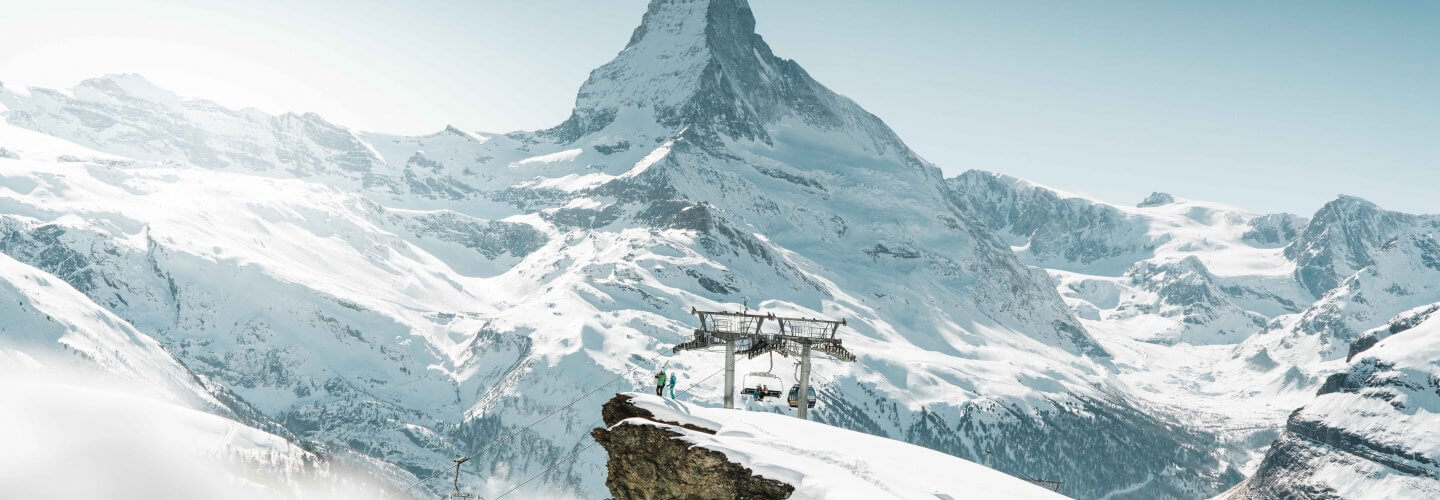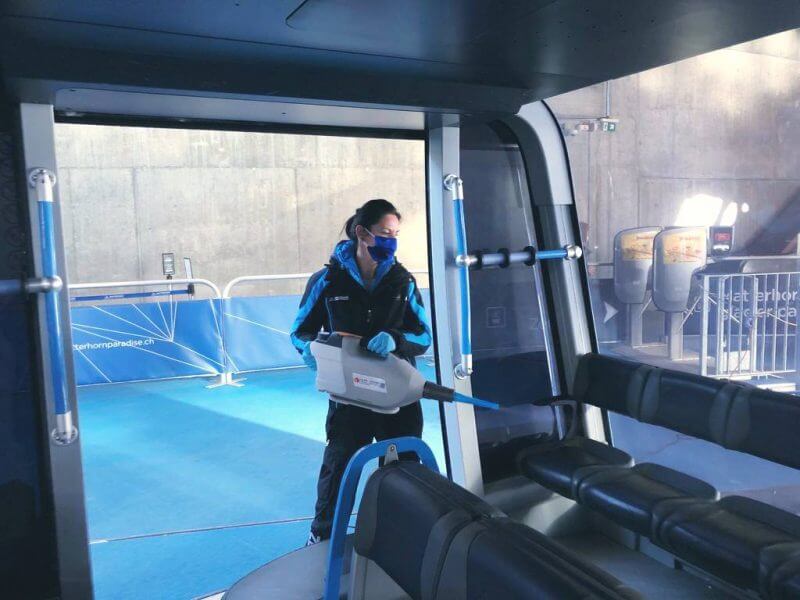It’s a year since the ‘Glacier Paradise’ above Zermatt re-opened for skiing and snowboarding on June 5th, 2020, following the Swiss lockdown.
Most of Switzerland only had the one full lockdown requiring ski areas to close, so the year-round glacier ski slopes have now been operating more-or-less daily (there are always occasional closures due to bad weather, especially strong winds) for a full year.
The year-round glacier ski slopes are among the most extensive in Europe, as well as being home to Europe’s highest ski lift at 3,899m, and has as large a lift-served vertical in summer as most southern hemisphere ski areas offer during their winter between June and October.
Zermatt’s summer slopes are also accessible from Cervinia for cross-border summer skiing at times when both areas are open. Cervinia has now re-opened after being closed for almost seven months by the second Italian lockdown, however the border between the two countries is currently closed for non-essential travel so that means the ‘skiing border’ is currently closed to. It is, however, expected to re-open next weekend.
Around a dozen summer ski areas are now open in Austria, France, Italy, Norway, Slovenia and Switzerland. The only other Swiss area currently open, Crans Montana, closes on Sunday 6th June. The next expected to open will be Saas Fee for its nine month 21-22 season in July.
Most Swiss areas were open all last winter when French and Italian ski lifts were closed (although French resorts were open) and Austrian resorts had ski lifts operating but were closed to tourism. Some Swiss tourism officials say their policy, which also allowed tourism although with strict controls on access to most resort facilities, was successful with any virus outbreaks confined to individual hotels within resorts. Others argue that some ski areas still acted as centres that brought in the virus on incoming tourists and then distributed it as skiers returned home. Still others argue that the closure of ski resorts led to more inexperienced skiers without proper training going out ski touring instead, with closed resorts not carrying out their usual avalanche mitigation work, leading to an increase in deaths from accidents. Data remains incomplete or inconclusive and opinion remains divided.





